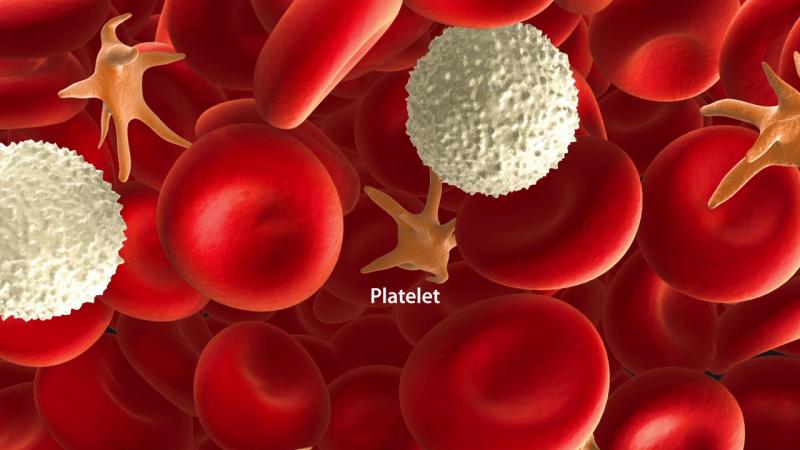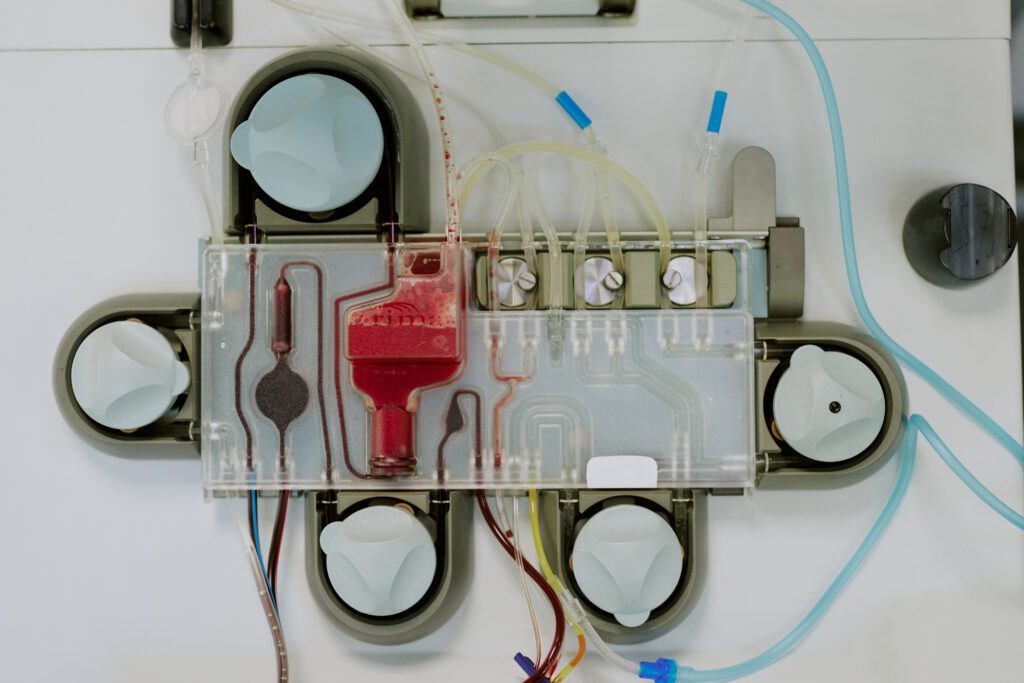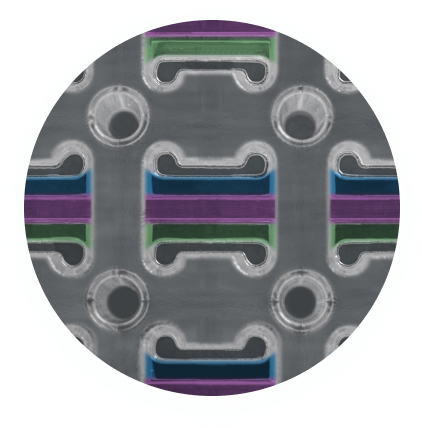Heparin has been a cornerstone of anticoagulant therapies in blood-contacting medical devices for decades, yet it presents several complications. Issues such as heparin-induced thrombocytopenia (HIT), limited biostability, and ethical concerns regarding its animal-derived nature have driven the search for alternatives. Recent advances in material science have paved the way for heparin-free anticoagulant coatings with improved biocompatibility and long-term performance. This article explores the limitations of heparin, reviews cutting-edge heparin-free technologies, and highlights the potential of innovative solutions such as Camouflage™ by Smart Reactors.
Medical devices designed for blood-contacting applications, including stents, dialysis membranes, and extracorporeal circuits, require coatings that mitigate thrombosis while maintaining biocompatibility. Heparin has served as the gold standard for anticoagulation for years, due to its potent ability to inhibit clot formation. However, increasing recognition of heparin’s drawbacks—including immunogenicity, short half-life, and susceptibility to degradation catalyzed research into alternative surface modification strategies.
These advancements aim to replicate or surpass heparin’s antithrombotic efficacy while addressing its limitations. This paper examines the challenges associated with heparin use and explores emerging alternatives poised to revolutionize anticoagulant coatings.
Evaluating Heparin: Benefits and Limitations
Heparin’s anticoagulant properties arise from its ability to activate antithrombin, inhibiting thrombin and other clotting factors. Despite its efficacy, its application in medical devices is hampered by several issues:

- Heparin-induced thrombocytopenia (HIT): A potentially fatal immune-mediated condition resulting from platelet activation.
- Short Biostability: Heparin coatings degrade over time, reducing their efficacy for long-term applications.
- Sustainability and Ethical Concerns: Heparin production is dependent on animal sources, raising concerns about supply reliability and ethical considerations.
These limitations necessitate the development of advanced anticoagulant coatings that are safer, longer lasting, and more sustainable.
Emerging Heparin-Free Coating Technologies
Innovations in surface modification technologies have produced promising alternatives to heparin. The most promising approaches are outlined below.
| Zwitterionic Polymers | Zwitterionic polymers utilize charge-balanced structures that repel protein adsorption and platelet adhesion. These materials exhibit excellent hemocompatibility and biostability, making them ideal for long-term device applications. |
| Nitric Oxide (NO)-Releasing Coatings | NO plays a key role in vascular homeostasis by inhibiting platelet aggregation and smooth muscle proliferation. Coatings that release NO mimic the endothelium’s natural function, reducing thrombosis risk and enhancing biocompatibility. |
| Hydrophilic Surface Modifications | Hydrophilic coatings resist protein and cellular adhesion by creating a hydration layer on the device’s surface. This approach reduces thrombus formation and inflammatory responses. |
| Peptide-Based Coatings | These coatings utilize bioengineered peptides to mimic natural anticoagulant pathways. In addition to preventing clot formation, peptide coatings often promote endothelialization, facilitating the natural healing and integration of devices with vascular tissue. |
| Camouflage™ Technology by Smart Reactors | Smart Reactors’ proprietary Camouflage™ coating represents a breakthrough in heparin-free anticoagulant solutions. Camouflage functions by having a controlled interaction with non-inflammatory proteins which improves the interaction between blood and the device surface. |
Advantages of Heparin-Free Coatings
Transitioning away from heparin-based solutions offers several key benefits:
Reduced Risk of HIT: Avoiding heparin eliminates the associated immune-mediated complications.
Improved Long-Term Performance: Advanced coatings exhibit superior stability, maintaining their anticoagulant properties over time.
Ethical and Sustainable Production: Synthetic or biomimetic coatings address concerns related to animal-derived materials.
Applications in Cardiovascular and Extracorporeal Devices
Heparin-free coatings are particularly beneficial in devices where long-term blood contact is essential. Examples include:
- Vascular Stents: Advanced coatings reduce thrombosis risk and promote endothelialization.
- Dialysis Membranes: Hydrophilic and zwitterionic surfaces improve hemocompatibility and reduce fouling.
- Extracorporeal Circuits: NO-releasing and peptide-based coatings minimize clot formation during prolonged use.
- Flow Diverters and Vascular Grafts: Coatings like Camouflage™ enhance device integration and long-term functionality.

The development of heparin-free anticoagulant coatings marks a significant advancement in medical device engineering. By addressing the limitations of traditional heparin-based solutions, these technologies offer improved biocompatibility, long-term stability, and broader applicability. Among these innovations, Smart Reactors’ Camouflage™ technology exemplifies the potential of biomimetic approaches designed to reduce immune recognition and clot formation without systemic anticoagulant effects.
As the medical field continues to prioritize patient safety and device performance, the adoption of heparin-free coatings like Camouflage is poised to redefine the landscape for blood-contacting medical devices.
Learn more about Camouflage™ and its applications on our website.
Share this post: on LinkedIn

